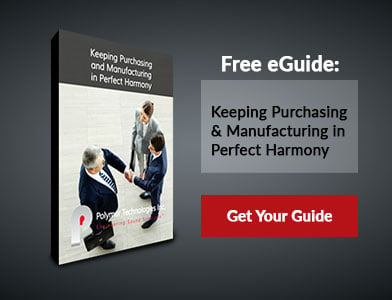What is RoHS Compliance?
RoHS, which stands for the Restriction of Hazardous Substances Directive, is a European Union directive restricting the use of specific hazardous substances in certain electronic and electrical equipment. These substances are considered hazardous to the environment and are particularly dangerous in terms of occupational exposure during the manufacture and recycling stages of equipment. With its implementation on July 1, 2006, the directive restricts the use of the use of the following substances:
- Lead
- Mercury
- Cadmium
- Hexavalent chromium
- Polybrominated biphenyls
- Polybrominated diphenyl ether
The restriction of these materials applies to a wide variety of equipment: from telecommunications devices like personal computers to small household appliances such as vacuum cleaners. Since the directive applies to any product sold or made for use in the EU, manufacturers outside of Europe need to be aware of the regulations if they have any desire to make their products available for use in the region. Not only that, but other regions and countries around the world have similar directives, either already implemented or in the works. China, for instance, has a similar directive in place. In order to remain on top of RoHS and other compliance regulations, manufacturers need to ensure their entire supply chain not only utilizes RoHS-compliant materials but is able to provide the documentation necessary to demonstrate as such.
Who exactly is responsible for compliance?
The manufacture of electronic equipment can involve many different constituents: from raw materials suppliers to parts manufacturers. As a result, it can be difficult to understand exactly who is responsible for ensuring compliance with directives such as RoHS. In this instance, the responsibility lies with what the directive terms the "producer" of the equipment. The producer is defined as anyone who:
- Manufactures and distributes electronic equipment under their own brand
- Resells equipment produced by other suppliers under their own brand
- Is responsible for importing or exporting applicable equipment into a nation covered by the RoHS directive.
Given this definition, then, the prerogative of ensuring compliance for the manufacturer means going back through the supply chain as far back as the raw materials providers to obtain the materials declarations and certificates of compliance that are needed.
Finding a materials provider that can help
In order to navigate the RoHS directive, manufacturers need to ensure any materials and parts suppliers they utilize are well aware of the directive and capable of assisting them in assuring compliance. As part of this close relationship, a company like Polymer is able to go back to its suppliers and obtain the documentation necessary to show none of the six chemicals covered by the directive are present in the materials they supply. That way, the manufacturer is prepared should regulators request these data. A materials provider should also have a clear understanding of which materials they supply are RoHS compliant, so that when a manufacturer comes to them they are able to give guidance on exactly what material solutions are viable.
For any manufacturer, the RoHS directive is an important consideration. To ensure it does not become an issue, the entire supply chain needs to be involved: from parts manufacturers to raw materials suppliers. Through clear communication and providing all constituent organizations maintain the appropriate records, RoHS compliance should be a relatively straightforward process.






